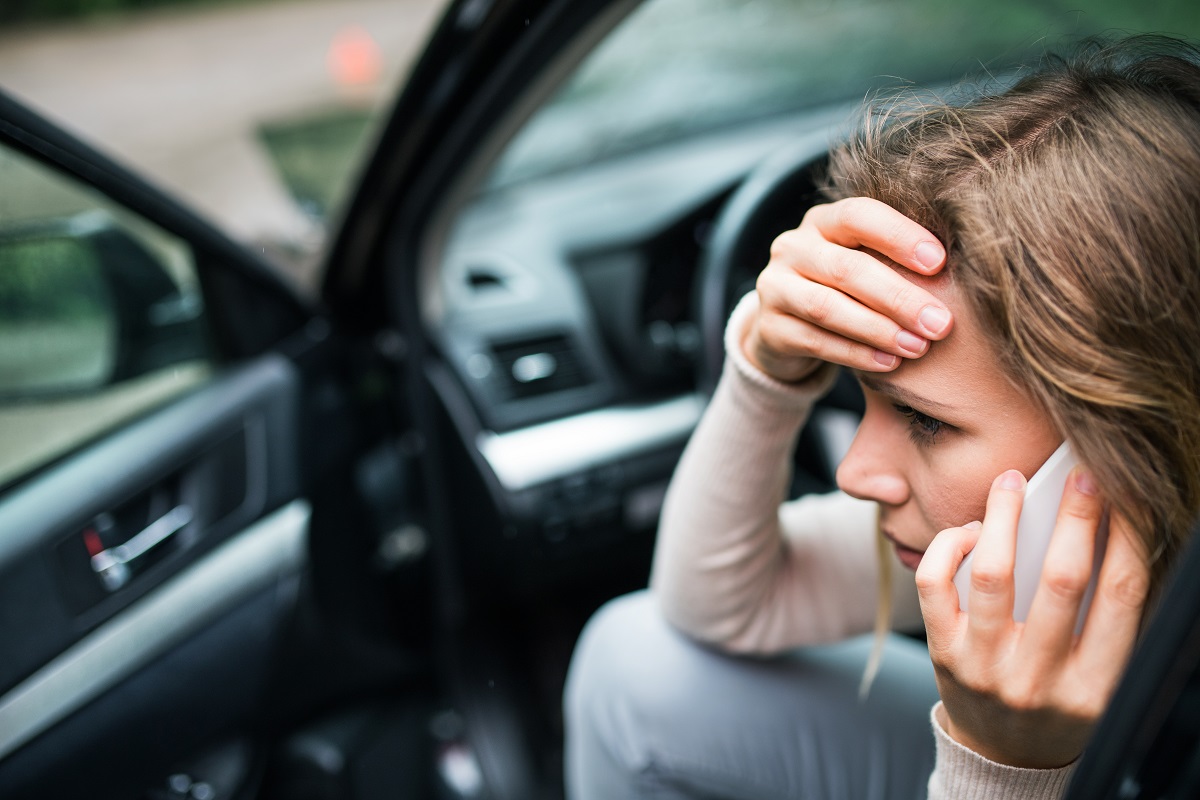
If you are ever involved in a car accident, your first concern should be your safety and the safety of others. That means seeking medical attention immediately for serious injuries or getting examined by a doctor relatively soon after the crash, even if you don’t think you’ve been injured.
Once medical issues have been addressed, your thoughts will then likely turn to your car. Is it drivable? How much will it cost to fix? Who pays for the damages?
That final question is the one we’ll address in this post. Assuming that both drivers are insured, at least some of the costs will be covered by either driver’s insurance company. The details of this arrangement will depend on who was at fault and the coverage limits on a given policy.
Minimum insurance requirements in California
All California drivers are legally required to have auto insurance, and their policies must meet the minimum requirements required by the state. Minimum coverage includes:
- $15,000 in liability coverage for injuries or death (that you caused) to one other person
- $30,000 in liability coverage for injuries or death (that you caused) to two or more people
- $5,000 for any property damage you cause to other people’s vehicles or other property
If you have only minimum coverage under California law, you generally cannot make claims against your own policy for damage to your vehicle or injuries you suffered. For those expenses, you’d likely need to add additional (optional) coverage on your policy, including collision coverage, MedPay and uninsured/underinsured motorist coverage.
Determining fault is very important in California
California is a “fault state,” meaning that the party who caused the accident (and their insurance company by extension) is responsible for covering the costs. Because California recognizes a legal principal known as comparative negligence, it is possible that both you and the other driver could share fault for the accident.
When this happens, the split is rarely equal. For example, the other driver may have caused the crash by changing lanes without signaling or checking their blind spot. But if you were also doing something unsafe, like speeding, the other driver may be 90 percent at fault while you are considered to be 10 percent at fault. Financial responsibility would be allocated accordingly.
How are car repairs/damage covered when the other driver is at fault?
When other driver bears all or most of the fault for the crash, damage to your vehicle will be covered by their insurance policy. If they have only minimum coverage, however, the available funds for damage to your car will be capped at $5,000. If your car was expensive and relatively new, that will likely not be enough to cover your losses. The same is true for liability coverage if you sustained serious injuries.
In such a case, your best option is to file a personal injury lawsuit against the at-fault driver and their insurance company. You need to be fully and fairly compensated for your injuries and property damage when someone else caused them. If they lack adequate insurance coverage, they could be held personally liable for the remaining damages you are owed.
Contact Us To Learn More About Your Legal Options
Our firm offers skilled and experienced personal injury representation to car accident victims injured by the negligence of another driver. To better understand your rights and options after a car accident – including coverage of vehicle damage – contact us to take advantage of a free initial consultation.
